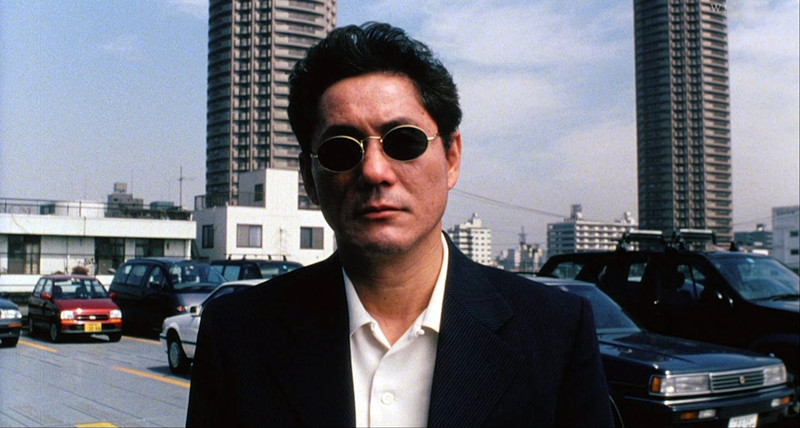
Since Parasite hit a huge homerun at the Oscars, world cinema seems to be getting the praise it has longingly deserved. Cinema is a worldwide artform, and Hollywood only scratches the surface of what this great medium has to offer. While Parasite basks in its victory, and South-Korean cinema has its moment to shine, there is still a plethora of world-cinema waiting to be discovered.
While many masterpieces of world cinema have outlasted the pain of time and stayed discussed in the filmic discourse of great cinema, many have slowly been forgotten. Sadly, foreign films are victimised by the harshness of time far more than their American counterparts, and it seems the one-inch barrier Bong Joon-Ho spoke of helps nail the coffin on many classics.
Let’s help smash that one-inch barrier and let’s rediscover some lost classics.
10. Hana-Bi/Fireworks (Takeshi Kitano, 1997)

Takeshi Kitano, or Beat Takeshi (his stage name), is a master of so many crafts. Comedian, presenter, actor, director, writer, painter, and probably more. While it is his comedy work and television work that most represents him in Japan, it is his film work that gained him worldwide appeal, and for obvious reasons, Kitano is without question one of Japan’s most unique auteurs. His dry almost stagnant camera operates around his often dry-pan deliveries that are used to characterise some of the most violent and ruthless characters, yet what always shines through in the end, after all the violence, is a narrative filled with warmth and soul. Kitano shows that even on the bleakest of days we can always feel love and happiness, and that sometimes, sadness doesn’t have to be so sad.
Hana-Bi is Kitano’s most accomplished work, the film is an emotional rollercoaster portrayed in the same dry authorship you expect from Kitano. It is important to note that the use of dry is not a negative when thinking about Kitano, instead think of it as a positive. Kitano lets emotion be the driving force for his films, the camera does very little, the dialogue does very little, and the editing cuts sparingly. You often have shots linger for longer than expected, with nothing but dead silence, no reaction from the characters, instead their eyes tell the story. You and the scene can breathe and exist together uninterrupted, and this is exactly what Hana-Bi does.
Hana-Bi is about a violent cop (played by Kitano himself) that retires after an incident at work, with no income he turns to the yakuza for money, debt ridden and left caring for his dying wife, the Cop decides to take his lover on one last trip.
The film is still one of Kitano’s most acclaimed worldwide, but it feels it has slowly been forgotten over the last few years, and we see Kitano still cropping up as the token Asian in Hollywood films, when really, he is a master of cinema. Hana-Bi proves that. Hana-Bi shouldn’t be forgotten.
9. Alice (Jan Svankmajer, 1988)
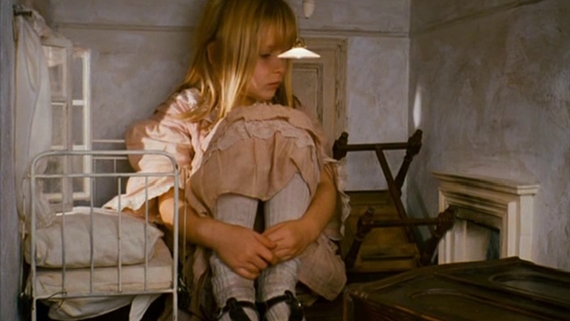
Where do you begin with Alice?
Alice has one of the most unique visual styles known to film thanks to director Jan Svankmajer. The film is a surreal journey into the tactile world of stop-motion portrayed through the known story of Lewis Carol’s novel, Alice in Wonderland. Jan Svankmajer elevated the world of animation proving that it was more than just a fancy trick to capture the imagination of children, showing that it was a technique that could offer surrealist experimentation and imagery, and while that would be the result of many of his filmic outings, none capture it more than Alice.
The film is just as powerful as many of the surreal classics, and still showcases a unique voice that never feels stagnant or cliché. Svankmajer proves that cinema is a playground of techniques and imagination, and Alice shows that sometimes even the most known stories can yield the most innovative results.
8. Vampyr (Carl Theodor Dreyer, 1932)
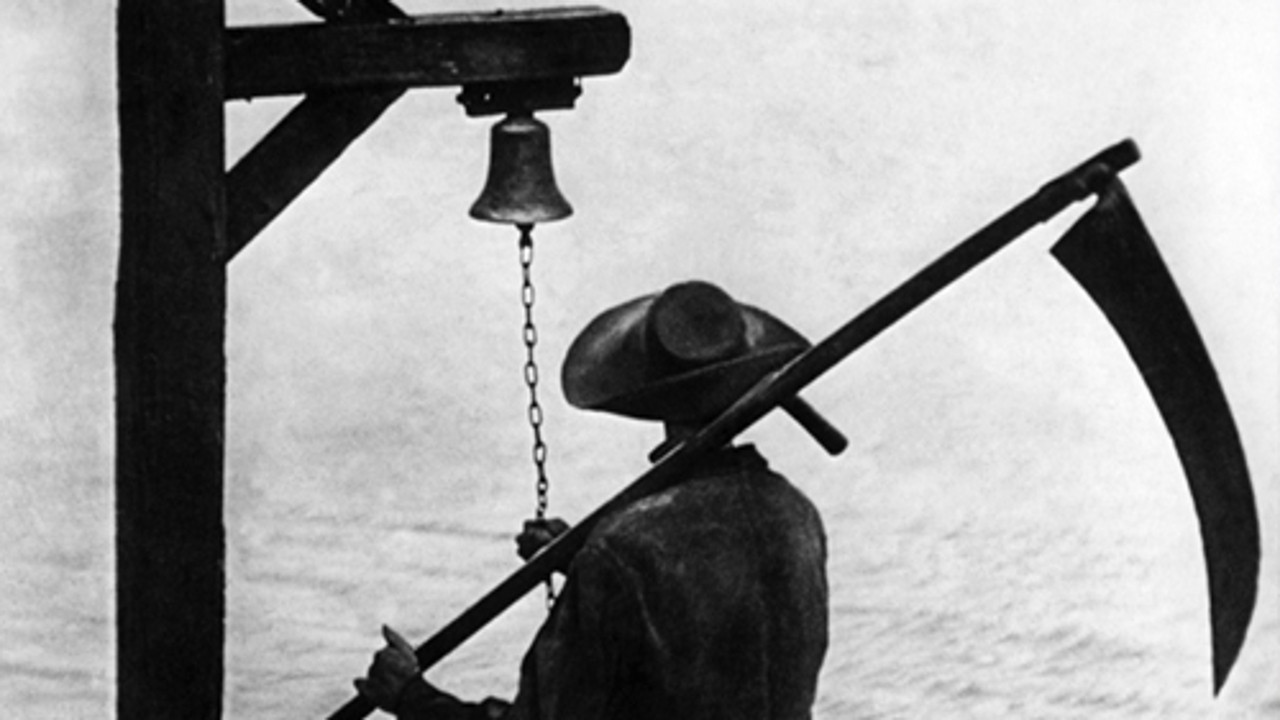
The gothic has always been an exciting realm for cinema. Some of the earliest iconic moments of the medium revel in the beauty of chiaroscuro photography, it seems one could say cinematography shines brightest in the darkness. Early filmmakers understood this, and gothic literature seemed to inspire the perfect visuals to explore it.
When thinking of these gothic masterpieces we often think of German expressionism, or the Universal monster movies. While these films are masterpieces, none of them feel as truly gothic as the Danish masterpiece, Vampyr.
Like its gothic counterparts, Vampyr basks in the darkness, existing in a constant dream-like quality. The film is a chilling arthouse exploration of the vampire myth that was popular at the time, but instead of being a descendant of Stocker, Vampry took inspiration from the work of J. Sheridan Le Fanu, giving it a different edge to its peers.
The film was edgier and darker than many of the other contemporary examples of the genre, even by today’s standards Vampry seems unique. With its early adoption of sound Vampyr feels even more silent, even more vacant and haunting. It looms over you like a shadowed creature of the night, it stalks your mind with its potent imagery and striking atmosphere. Vampyr is an exemplary piece of gothic cinema that must be seen.
7. Land of Silence and Darkness (Werner Herzog, 1971)
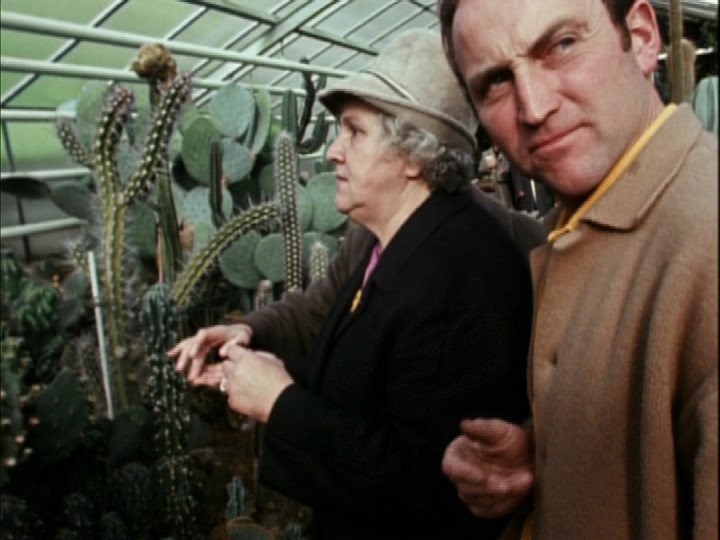
Werner Herzog is one of cinema’s most unique voices. A filmmaker that seamlessly moves between fiction and documentary. Herzog believes in the philosophy of the visual, the power of the picture, the truth of the image, and no matter his subject, his ideology remains intact. With Herzog, ships will climb mountains, the Amazon will conquer conquistadores, and gothic legends will rise again, but when the spectacle of his legend is overlooked, what remains is a man and his camera, and no film shows this more than Land of Silence and Darkness.
Land of Silence and Darkness is an early documentary by Herzog which focuses on the exploration of different people who are all both blind and death. A harrowing thought for most (and all reading this), but a truth for the subjects of the film. Herzog has often stated that he lusts to find new visuals, images that have never been shown before. Therefore, so much of his work spans the furthest reaches of our globe, he is Fitzcarraldo, he is Aguirre, he is the Grizzly Man, for him the camera is his key to the world.
Land of Silence and Darkness is different. It strips away all spectacle. Its not a pursuit of something new, instead Herzog takes a step back, he slows down, and instead of showing vast new visuals he explores a world without visuals: he questions his own philosophy.
This film is relevant now more than ever because it reminds us that life is more than what you see or hear. We as film fans take our sight and sound for granted, but here Herzog explores what quality of life can exist without our two most prominent senses. It is one of Herzog’s lesser known films, often overshadowed by the almost mythical stature of his early fiction films, and that is why it is so powerful. It is an intimate film, a film where Herzog lets real life people tell the story, a film where Herzog shows that sometimes ships do not have to climb mountains to make a powerful story, sometimes the real world is just as unique and beautiful.
6. Tampopo (Juzo Itami, 1985)
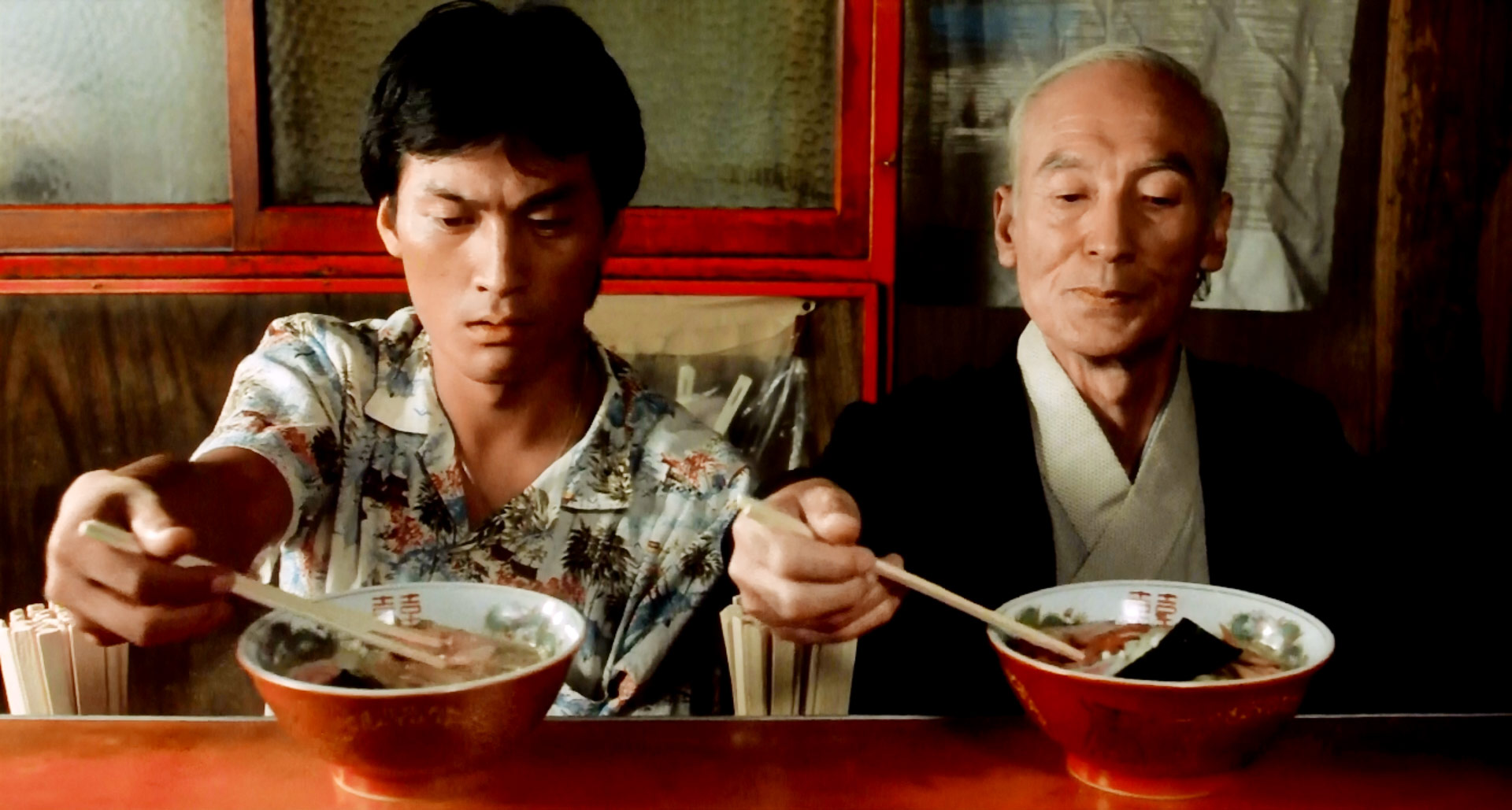
Now into the world of comedy with a flavour of ramen. Tampopo is a love letter to cinema and Japanese food. A somewhat ramen western if you will, and while that may sound like a culinary disaster, the result is more like a Michelin star masterpiece.
The film is about two truck drivers who help restore a widow’s decrepit ramen bar. What unfolds is a tantalising examination of Japanese food culture and the heritage of the nations favourite dish, ramen. The filmic language borrows from all the greats while still being incredibly unique. The camera adores the food on show leaving your mouth-watering as you dial your nearest Japanese takeaway.
What is beautiful about Tampopo is that it never takes itself seriously, and its comedic charm makes it feel like soul-food for the heart. Tampopo is a warming bowl of soup on a cold winter’s day.